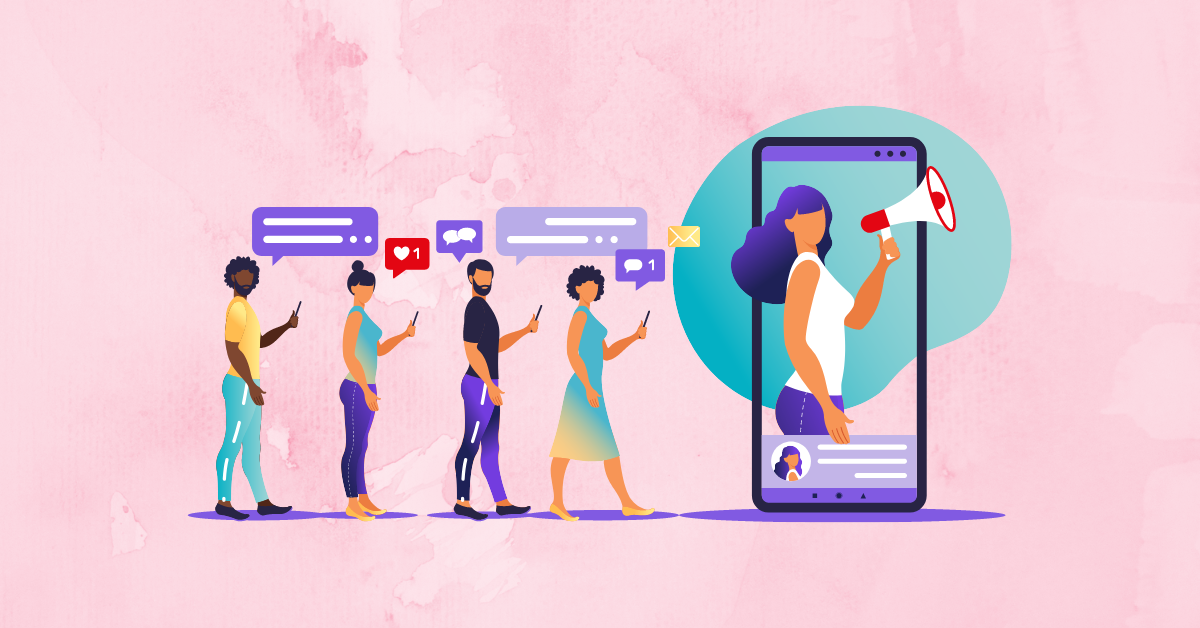Absolutely, trends in visual content have evolved significantly over the years, transforming the way we communicate, share information, and engage with one another online. From static images to the more dynamic GIFs and beyond, let’s explore this captivating evolution Smm panel followers.
The Rise of Visual Content
Visual content has always been a powerful means of communication. The proverb “a picture is worth a thousand words” has never been truer than in today’s digital age. It’s a universal language that transcends barriers of literacy and language, making it immensely impactful across various platforms and audiences.
The Era of Static Images
The digital landscape initially relied heavily on static images. Platforms like Instagram and Pinterest revolutionized how we share and consume these visuals. High-quality images became a staple in digital marketing, social media, and storytelling, allowing individuals and businesses to convey messages, evoke emotions, and showcase products/services effectively.
Enter the Dynamic: The Reign of GIFs
The emergence of GIFs (Graphics Interchange Format) introduced a dynamic element to visual communication. These short, looping animations added a layer of humor, emotion, and expressiveness to online conversations. They swiftly became a preferred mode of expression on social media, chat platforms, and even in marketing campaigns due to their ability to quickly convey sentiments or reactions.
Videos: Engaging and Immersive
The evolution didn’t stop at GIFs. Videos took center stage as one of the most engaging forms of visual content. Platforms like YouTube, TikTok, and Instagram Reels revolutionized content creation and consumption, making video content a cornerstone of digital marketing strategies and social media interactions. Brands and content creators capitalized on the immersive nature of videos to tell stories, demonstrate products, and connect with their audience on a deeper level.
The Advent of Augmented Reality (AR) and Virtual Reality (VR)
As technology continues to advance, augmented reality (AR) and virtual reality (VR) have started to shape the future of visual content. AR filters on social media platforms, VR experiences in gaming and entertainment, and immersive marketing campaigns are paving the way for a more interactive and personalized content experience. These technologies offer a new dimension of engagement, allowing users to interact with content in unprecedented ways.
The Future: Interactive and Personalized Content
Looking ahead, the trajectory of visual content seems to point toward interactivity and personalization. AI-driven content creation, interactive visual storytelling, and personalized experiences will likely dominate the landscape. Tailoring content to individual preferences, utilizing interactive elements, and leveraging AI for content creation and curation will redefine how we consume and engage with visual content.
Visual content, from static images to GIFs, videos, and the burgeoning technologies of AR and VR, has continuously evolved to meet the dynamic demands of digital communication. Each phase has contributed to more engaging, immersive, and impactful ways of sharing information and connecting with audiences. As we step into the future, the realm of visual content promises even more innovation, interactivity, and personalization, shaping a new era of communication and storytelling.
What’s your favorite type of visual content to engage with online?
